Polynesian Prologue
To the uninitiated, it may sound cuckoo to suggest that Carousel of Progress was only made possible by the invention of a magical, musical birdhouse. But there’s no question that in WED Enterprise’s action-packed era of the early 1960s, the groundwork that would become Walt Disney’s Carousel of Progress was laid in the only other Disney Parks attraction to be bestowed with his name.
In particular, three distinct ingredients came together to create an E-Ticket predecessor to the Carousel of Progress…
Ingredient 1: Audio-Animatronics
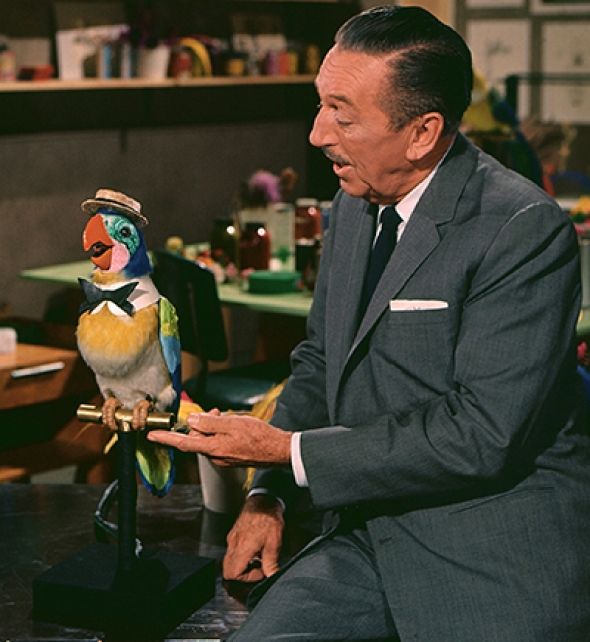
In Disneyland’s first decade, guests had been blown away by the “electro-mechanical” figures that populated the Jungle Cruise, the Lost Legend: Mine Train Through Nature’s Wonderland, and the Submarine Voyage. But these figures were, by their nature, constrained to repetitive, mechanical motion, powered simply by gears and levers. Still, the idea of three-dimensional animation fascinated Walt, and it wasn’t long before it all came together…
As the story goes, Walt was on a family vacation when he picked up a souvenir mechanical bird and challenged his designers to improve upon it. WED Enterprises electrician, Lee Adams, set to work. He couldn’t have known that his project would be remembered today as perhaps the greatest advance in theme park history.
Dubbed “Audio-Animatronics,” the technology developed at WED was an unprecedented fusion of art and technology. Using cutting-edge, unthinkable computing power, designers developed mechanical figures that didn’t just repeat simple, looping motion, but were programmed to perform in synchronization with music.
Walt’s infatuation with a mechanical bird came full circle in 1963’s Modern Marvel: The Enchanted Tiki Room. Still a classic to this day, the amazing attraction places guests among 150 Audio-Animatronic birds, tikis, totems, and even plants that gradually come alive in a timeless tropical serenade. Each figure – controlled then by a personal reel of tape and vibrating reed to open and close circuits powering pneumatic valves – could blink, flap, click, and even breathe. Speaking of which…
Ingredient 2: Characters with character
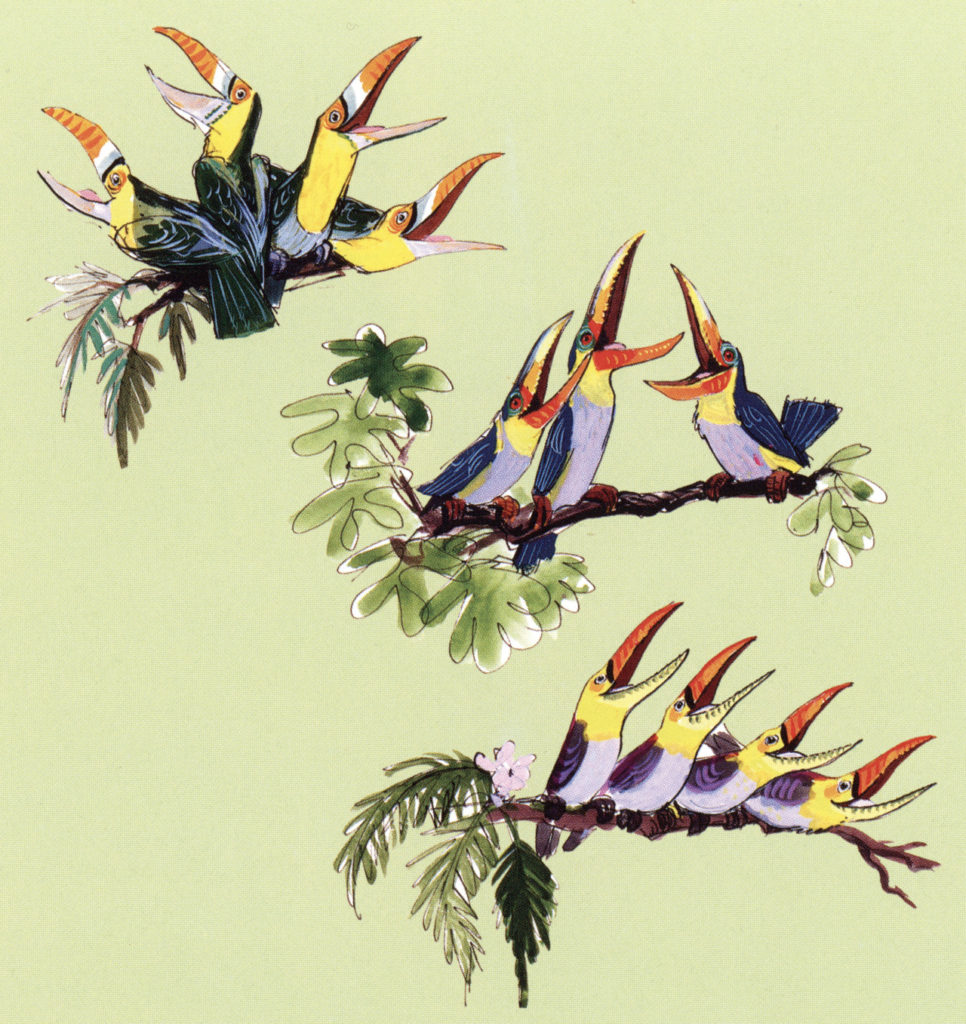
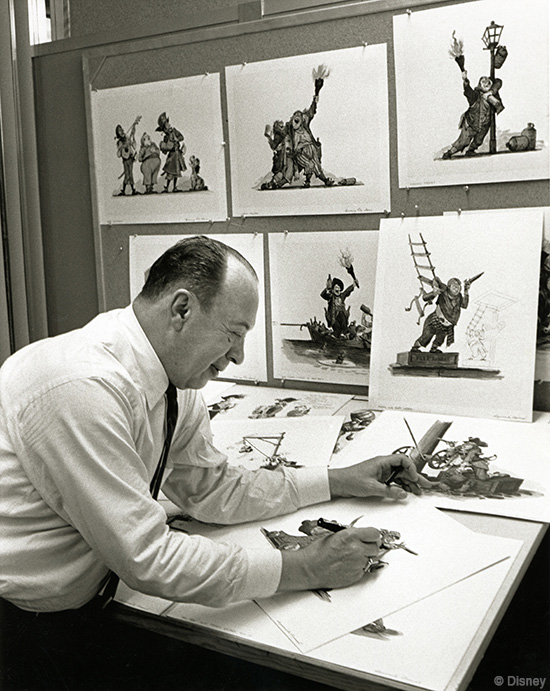
Though Disney might’ve had the technology to bring the Tiki Room’s feathered inhabitants to life, it wouldn’t have amounted to much without Marc Davis. The beloved animator was one of Walt’s “Nine Old Men” – the loving name for the original class of animators – but Marc was particularly gifted in character design… After all, Marc is the one who brought characters from Tinker Bell and Maleficent to life, forming their iconic and beloved looks remembered decades later.
It was Marc’s particular success with characters that led to Walt recruiting him to Imagineering, where his humorous staging and memorably stylized characters gave birth to comical wildlife on the Mine Train Thru Nature’s Wonderland, and the most beloved scenes added to the Jungle Cruise, like the “trapped safari” and the elephant bathing pool – each perfect examples of his unique ability to create characters and give them heart and soul in expertly-staged vignettes pulled right off the page. It should be no surprise that Marc was one of the key designers on 1963’s Tiki Room, too, creating the sensationally stylized characters for the show.
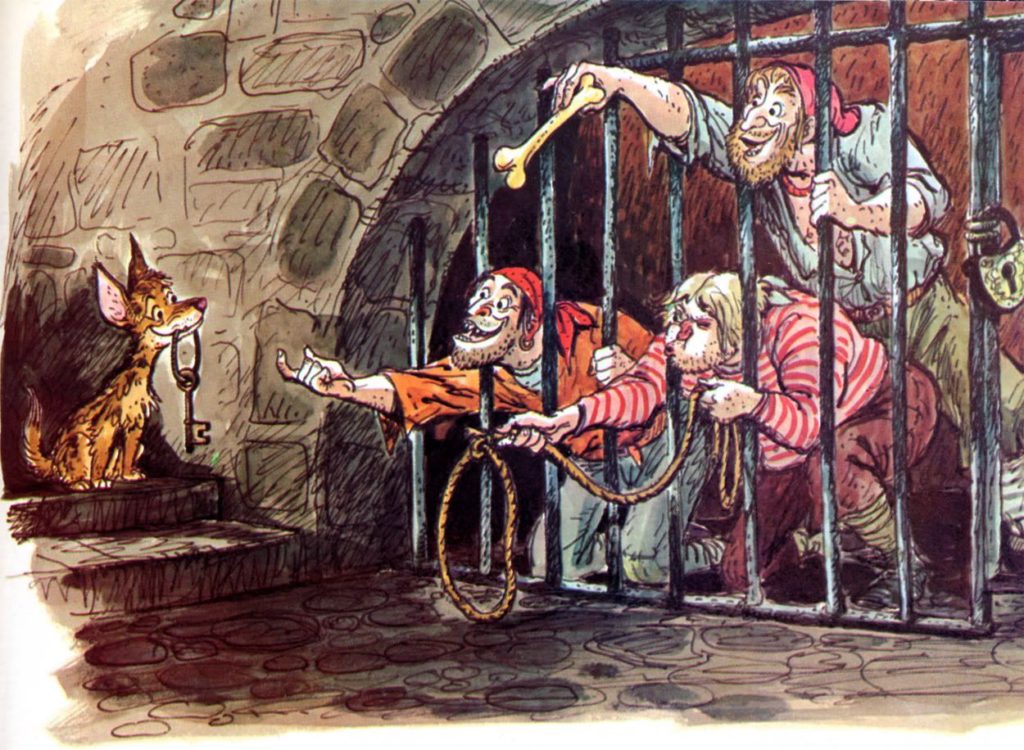
He’d later go on to be the lead designer on the character-infused, humorous, and musical second-halves of Pirates of the Caribbean and the Haunted Mansion, respectively, then creating the Modern Marvel: Country Bear Jamboree and drafting the never-built Possibilitylands: Western River Expedition and Enchanted Snow Palace in the ’70s.
Ingredient 3: Songwriters extraordinaire
Brothers and songwriting duo Richard and Robert Sherman first came onto Walt’s radar in the late ’50s after writing hit songs for (among others) Doris Day, Johnny Burnette, and Mouseketeers Judy Harriet and Annette Funicello. And by 1961, the pair had been hand-selected by Walt to contribute songs to Walt’s popular Disneyland television show.
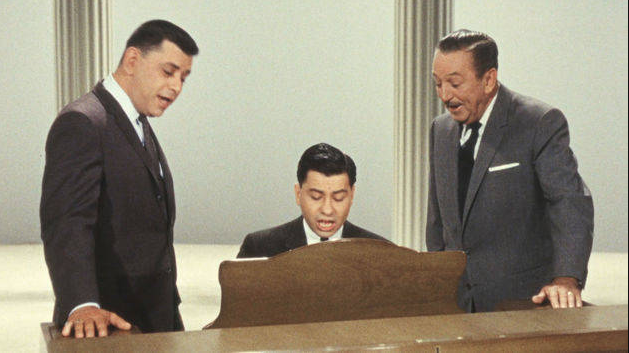
So it wasn’t much of a stretch when Walt approached the brothers with the intriguing concept of developing a song to go along with the new Audio-Animatronics show of fluttering birds and Polynesian rhythms. The result was, of course, “The Tiki, Tiki, Tiki Room” – a flyaway success that cemented the brothers as the go-to songwriters for Disney Parks going forward. (They’d go on to write “Miracles from Molecules,” “One Little Spark,” “Magic Highways,” “World of Color,” “it’s a small world,” and “Supercalifragilisticexpialidocious,” among others.)
Having assembled Lee Adams’ Audio-Animatronics technology, Marc Davis’ masterful character design, and the Sherman Brothers’ songwriting chops, the Enchanted Tiki Room made its high-flying debut in 1963. Now armed with once-unthinkable assets, WED Enterprises found itself in the midst of a Renaissance, and geared up for the opportunity of a lifetime…
The 1964 – 65 New York “WED’s Fair”
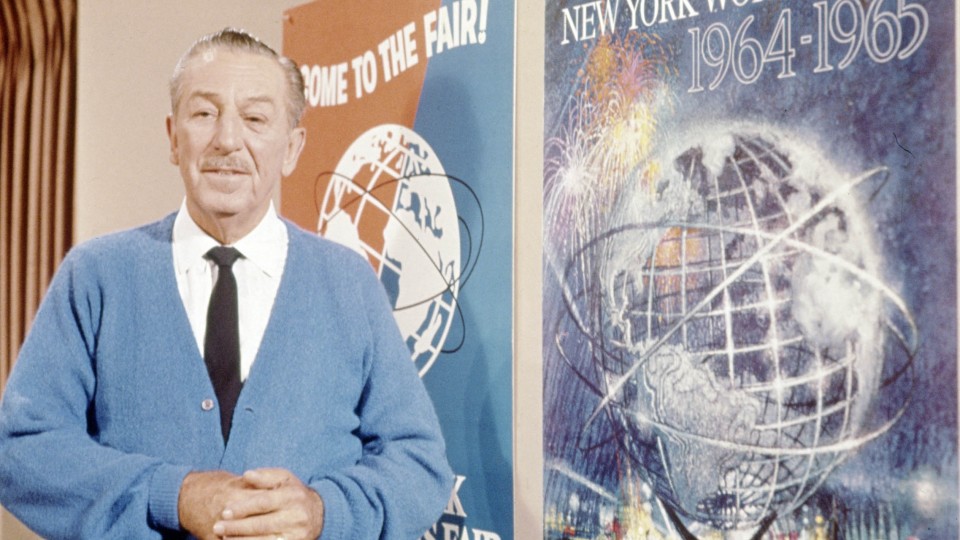
Even as the Tiki Birds were making their high-flying debut, Walt and his team at WED Enterprises were already thinking bigger. As the story goes, Walt next wanted to experiment with using Audio-Animatronics technology to bring to life a human-sized figure.
Walt – as fascinated with America’s foundation as its future – always considered fellow Illinoisan Abraham Lincoln a personal hero, and was working with WED Enterprises to create a lifelike Lincoln Audio-Animatronic. When New York’s mid-century “master builder,” Robert Moses, visited Disneyland scouting ideas for the World’s Fair the city was set to host, he caught wind of the prototype president and encouraged Walt to develop the unprecedented human figure for a World’s Fair attraction.
Frequent readers of our renowned Lost Legends collection (and particularly, of entries concerning closed EPCOT Center originals) know what happened next.
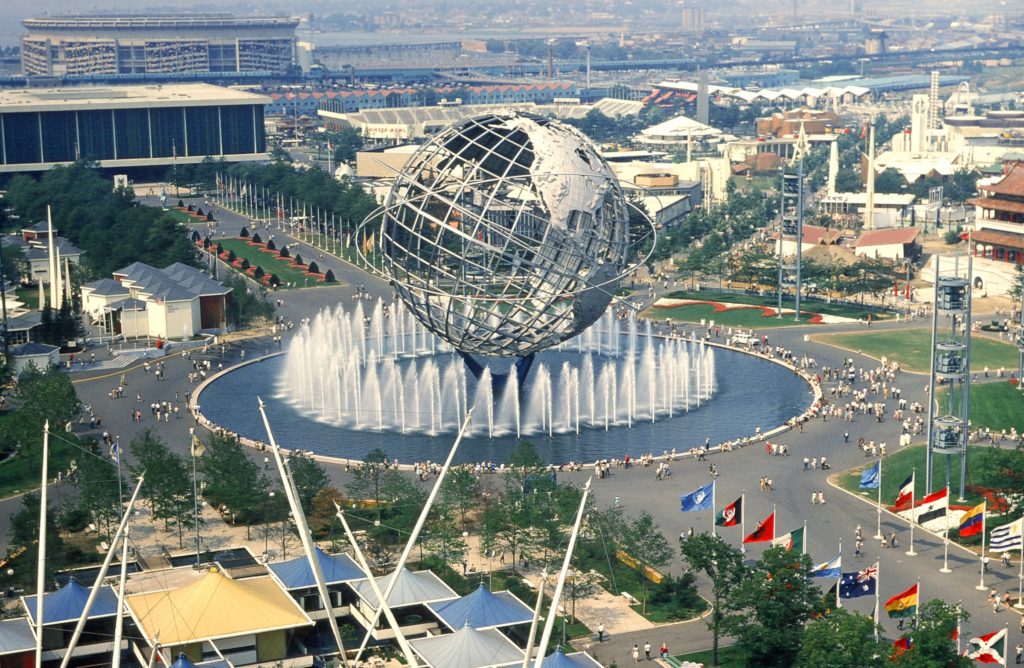
The 1964 – 65 New York World’s Fair is perhaps one of the best known international expos of all time, and for good reason – right on the verge of the Space Age and fueled by the optimism of pre-Vietnam baby boomers, this World’s Fair was an icon of mid-century Americana at the height of corporate influence and mod design.
As never before, the 1964 – 65 World’s Fair would see corporations construct massive pavilions in Queens’ Flushing Meadows Park, each dedicated to its area of science and industry, and each throwing open the doors to invite guests from around the globe to see its latest showcase of products and innovations. Before the Internet, this was your chance to see what the future of transportation, food, energy, and society held… a grand display of optimism, wonder, and possibility, tuned perfectly to the age.
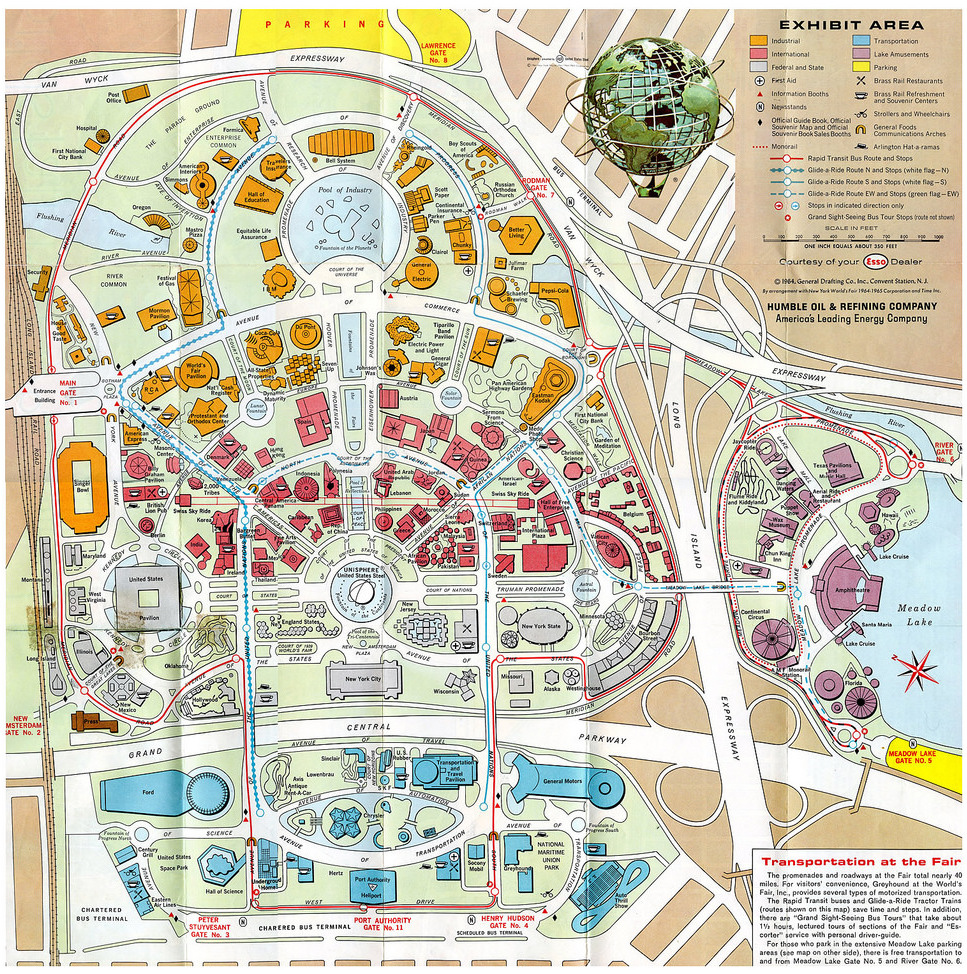
It’s no surprise that WED Enterprises had been contracted by a number of corporations hoping to use Walt Disney attractions to draw visitors to their pavilions. But the one Walt was most excited about? General Electric. With the dawn of the Audio-Animatronic, GE arrived back at Disney’s doorstep. Now was the time to look at Harnessing the Light again, as Disney’s revolutionary Audio-Animatronics could now draw international acclaim and interest in a showcase of GE’s appliances. GE helped underwrite Disney’s development of those human Audio-Animatronics, and the race was on.
Advances
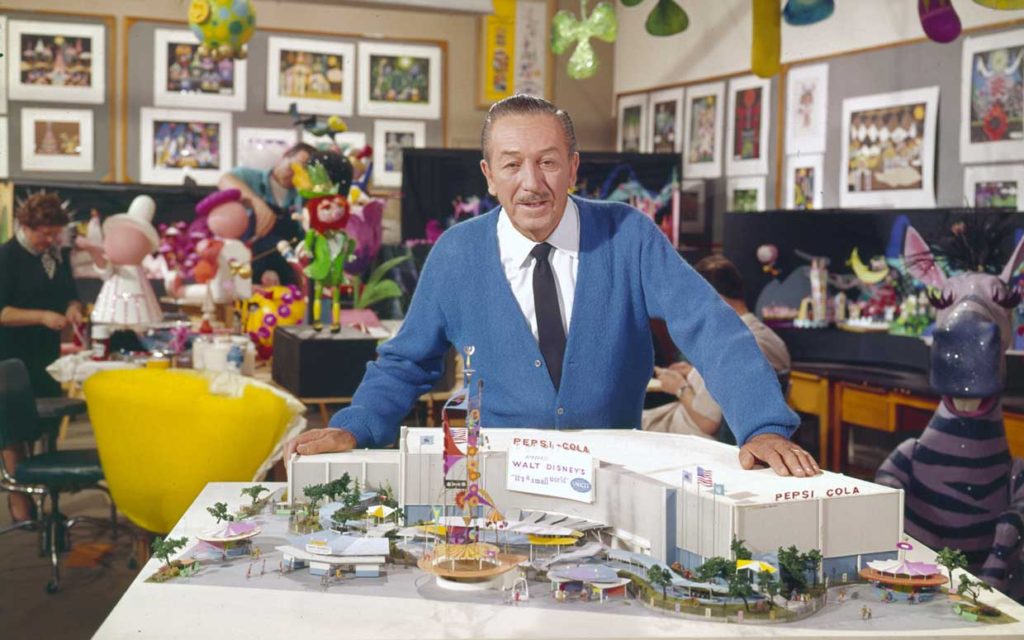
For Pepsi-Cola, WED Enterprises set to work developing a family cruise through stylized scenes representing children from all corners of the world. It was the debut of the now-famous flume ride through international waters… and the first ever installation of a wildly high-capacity ride system that would become a staple of Disney’s portfolio.
While Imagineers had originally planned for the stylized dolls in each of the ride’s cultural corners to sing their own respective national anthems, the discordant mess of conflicting, clashing songs was enough to drive the designers wild. Walt turned once more to the venerable Sherman Brothers to create a song that would emphasize the unity of the world. Their product? The eponymous sing-along of the Pepsi pavilion’s Walt Disney’s “it’s a small world” – A Salute to UNICEF and the World’s Children.
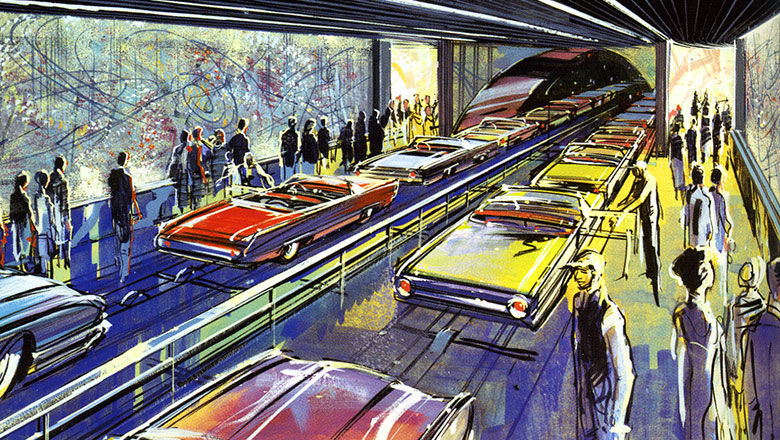
Ford Motor Company contracted Disney, too, resulting in Ford’s Magic Skyway. In the unusual attraction, guests would step onto a moving sidewalk and board a “motorless” Ford convertible cruising alongside them. Then, the convertibles would glide out of the pavilions and along elevated highways around its exterior, then into the pavilion to drive past dioramas of a prehistoric world and spectacular dinosaurs.
True to his promise to Robert Moses, Disney did complete work on the human Audio Animatronic they’d been testing, and Great Moments with Mr. Lincoln opened at the State of Illinois’ pavilion. The moving, unthinkable encounter with the nation’s sixteenth president was a highlight of the Fair.
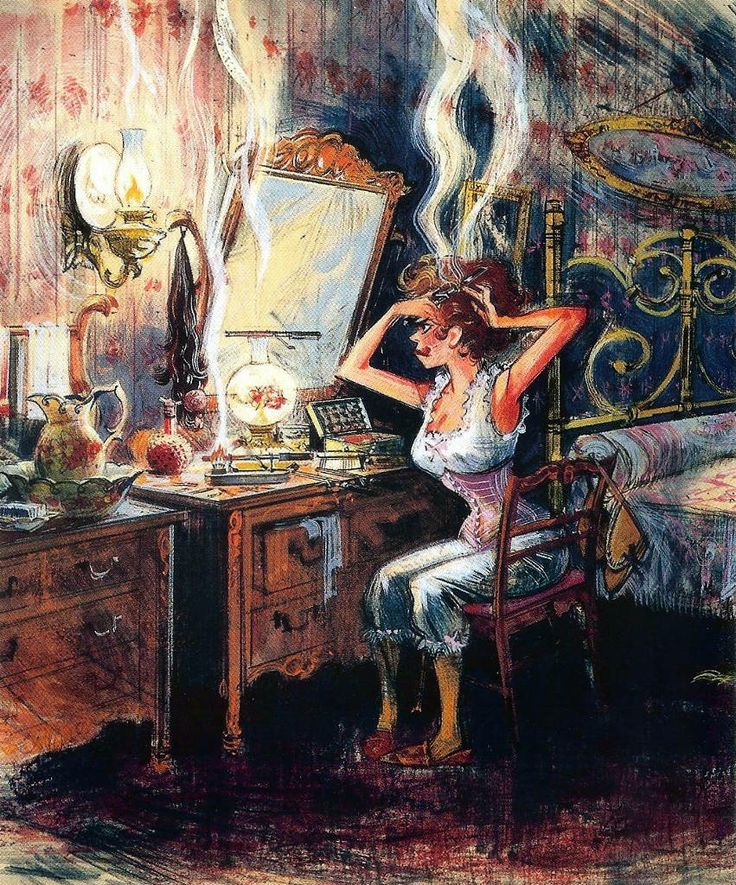
But by far the most impressive piece developed by WED Enterprises was the project they’d created for General Electric… A project of unprecedented scope for WED Enterprises, and one that would set the course for the ’60s. The Imagineers would create an enormous cast of their new, human Audio-Animatronics.
Naturally, Marc Davis lead development on a cast of characters befitting his normal excellence, with fellow Imagineer (and his wife) Alice Davis designing the family’s costumes. In fact, the look and feel of those chracters would be more important than ever; the story of the GE pavilion was meant to showcase the growing simplicity and ease of life that came along with GE’s increasingly-efficient and luxurious home appliances. Like Harnessing the Light, this time-traveling demonstration of the marvels of modern living would follow one family’s journey through time. Unlike harnessing the light, it would employ one of the highest-capacity ride systems ever developed – a needed feature of a World’s Fair pavilion.
In the video here (a continuation of the one at the top of this page), Walt dives into the surprising ‘sixties science of programming human Audio-Animatronics for what he expects to be the hightlight of the World’s Fair: his “Carousel Theater of Progress.”
And then, of course, there was the last piece: the song needed to bring it all together.
On the next page, we’ll step into the attraction Walt proclaimed as Disney’s best. Read on…



